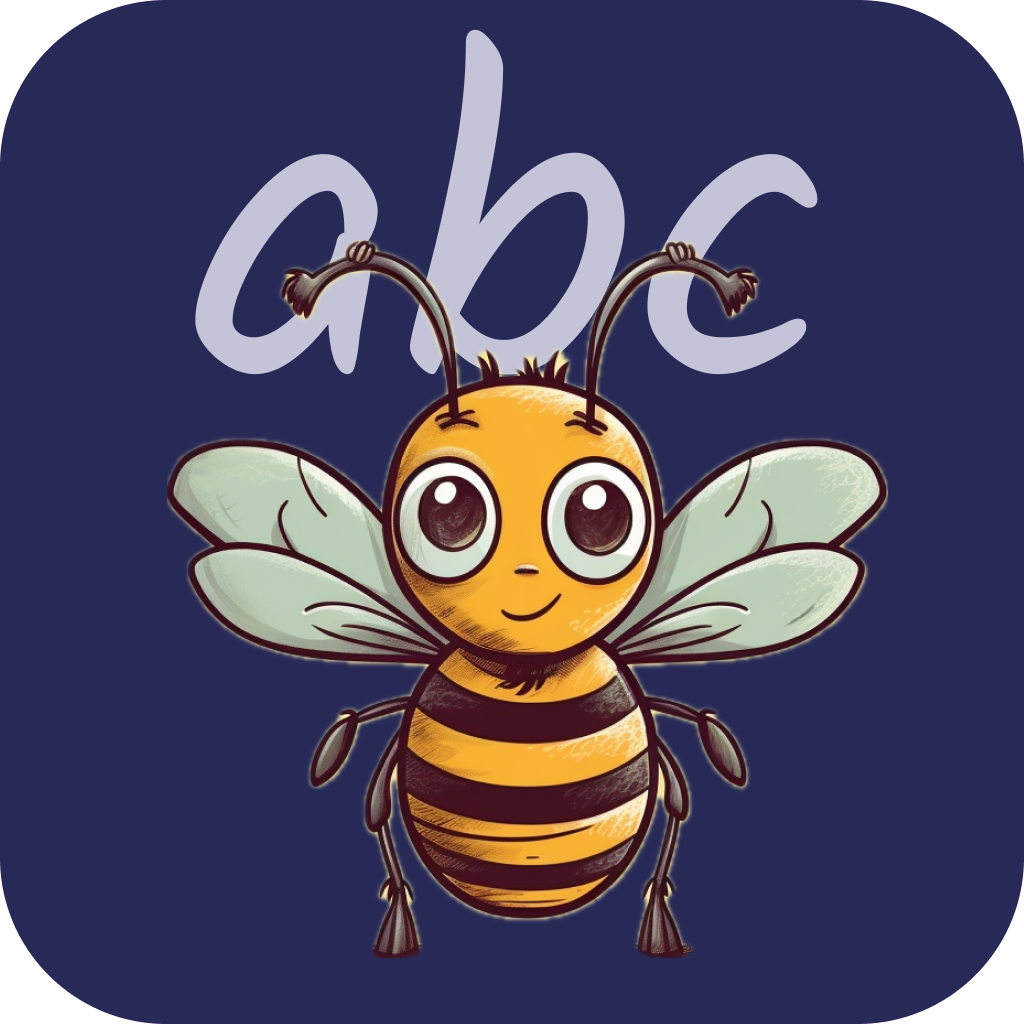These stages describe how children typically progress in their spelling skills.
1. Precommunicative Stage (Emergent Spelling)
- Age Group: Typically preschool to early kindergarten.
- Characteristics:
- Random letters or scribbles that don’t represent actual words.
- Lack of understanding that letters represent sounds.
- No awareness of letter-sound correspondence.
- Example: Writing “ABCD” or scribbles to mean “cat.”
How to Support:
- Encourage exposure to books and letters.
- Let children play with magnetic letters and practice recognizing their names.
2. Semiphonetic Stage (Early Spelling)
- Age Group: Kindergarten to early first grade.
- Characteristics:
- Beginning awareness that letters represent sounds.
- Often use one or two letters to represent a whole word.
- May leave out vowels and only write key consonants.
- Example: Spelling “cat” as “C” or “banana” as “BNA”
How to Support:
- Play phonics games to reinforce letter sounds.
- Encourage children to stretch out words and listen for all the sounds.
3. Phonetic Stage (Transitional Spelling)
- Age Group: First to second grade.
- Characteristics:
- Spells words the way they sound, even if incorrect.
- Uses a letter for each sound they hear.
- May not apply standard spelling rules yet.
- Example: Spelling “phone” as “fon” or “elephant” as “LFT”
How to Support:
- Introduce basic spelling rules (e.g., silent “e,” blends like “sh” and “ch”).
- Provide word lists and encourage frequent writing practice.
4. Conventional Stage (Proficient Spelling)
- Age Group: Second grade and up.
- Characteristics:
- Spelling resembles standard English.
- Knows spelling rules and common sight words.
- Can recognize and correct most spelling mistakes.
- Example: Writing “beautiful” correctly instead of “butiful.”
How to Support:
- Introduce more advanced spelling patterns (e.g., suffixes, prefixes).
- Encourage reading and writing regularly.
- Use spelling games and challenges to reinforce learning.
These stages help parents understand where a child is in their learning journey and what support they need.


Leave a Reply